Inside the downfall of high-end shopping destination St Collins Lane in Melbourne’s CBD
St Collins Lane sits a virtual ghost mall in the heart of Melbourne. How did a high-end shopping destination occupying some of the nation’s most premium retail space fail?
Victoria
Don't miss out on the headlines from Victoria. Followed categories will be added to My News.
It sits a virtual ghost mall in the heart of Melbourne.
St Collins Lane, an upmarket shopping arcade which runs between Collins and Little Collins streets in the CBD, was billed as the city’s “newest premier fashion destination” when it opened seven years ago.
Luxury fashion label Coach and watchmaker Tag Heuer anchored the mall’s prime Collins St frontage, while Parisienne fashion labels Sandro, Maje and Zadig & Voltaire and UK labels Agent Provocateur and REISS rounded out a high-end international offering.
The 240-year-old British department store chain Debenhams would soon take over a basement level while a four-storey food court was spearheaded by the celebrity chef Neil Perry’s Sake Jnr and Burger Project.
The idea was simple – create a CBD counter to the luxury wing of Chadstone and round out the city’s retail ‘ant trail’ running from Melbourne Central, through Emporium Melbourne, Myer, David Jones, St Collins Lane and Flinders Street Station.
Today, the top three storeys sit empty while around one-third of the ground floor stores are vacant.
“It’s a blight,” one veteran Melbourne retail player said.
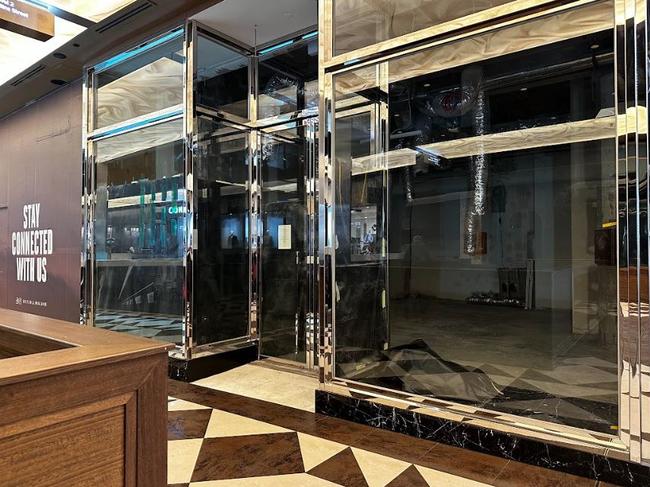
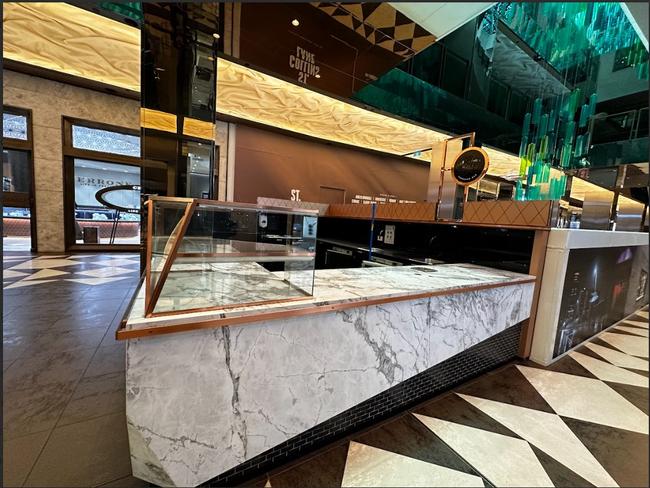
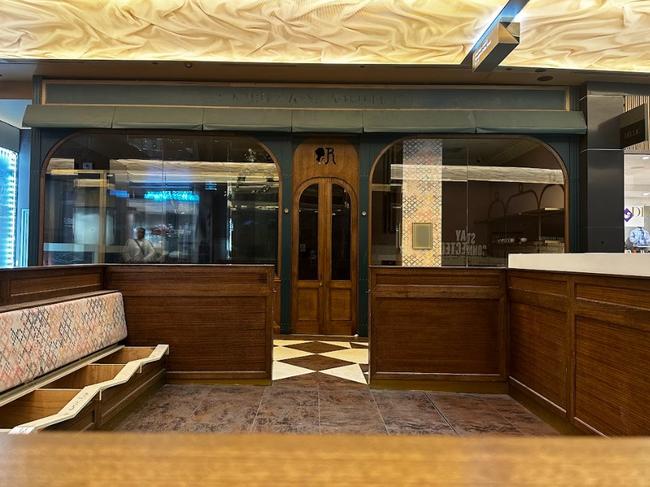
When the Herald Sun visited, the arcade was all but deserted with escalators leading to the now empty upper floors blocked off.
Digital billboards have been switched off and a management desk long abandoned.
“It’s pretty much dead,” one city shopper said.
“It’s really quiet, eerie and kind of suspicious.”
Another shopper said: “There was so much work being done for so long, people just found alternative routes and forgot about this area. You wonder if you’re even in the right place…it’s off-putting.”
HIGH END HOPES
All of which is a long way from when real estate investment giant LaSalle Investment Management launched the mall in 2016, a time when international fashion majors Zara, H&M and Uniqlo were invading the nation’s retail scene and striking gold with local shoppers.
“St Collins Lane is intended to become a part of Melbourne’s diverse identity, being different things to different people: a laneway for city workers to walk through on their way to work, a place to stop and get a coffee, somewhere to meet a friend for a drink or dinner after work, and of course a luxury fashion destination to access the best brands from around the world,” architect Neil Masterton said at the launch.
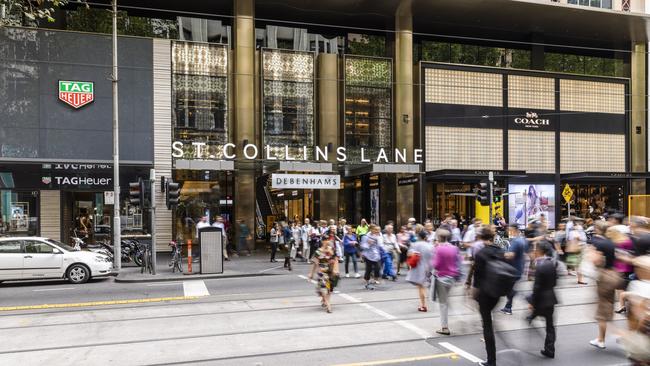
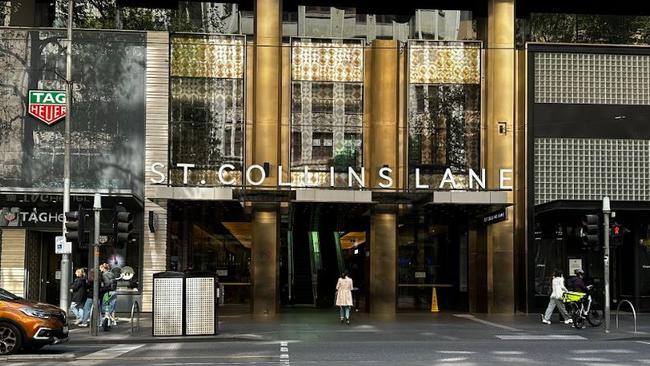
LaSalle shelled out $200m for the site – then trading as the Australia on Collins arcade – in 2011 in a deal which also gave it the adjoining Novotel hotel.
It then spent $30m overhauling the arcade, replacing 100 specialty shops spread across 7800 square metres on five floors with 60 stores spread across 9000 square metres on four floors.
The newly named St Collins Lane and a refurnished Novotel were offered up for sale for $500m in 2016, shortly after the arcade started trading.
Global investor JP Morgan Asset Management bit, snapped up the arcade for $247m, while La Salle banked another $237m when it sold the Novotel premises in a separate deal.
Signs St Collins Lane was in trouble were evident from day one, opening despite many shops still sitting empty.
JP Morgan moved to fill those empty spaces by boost the premium retail offering – signing up high-end camera maker Leica, British watchmaker Bremont and Paris fashion house Claudie Pierlot – but the site never clicked with shoppers.
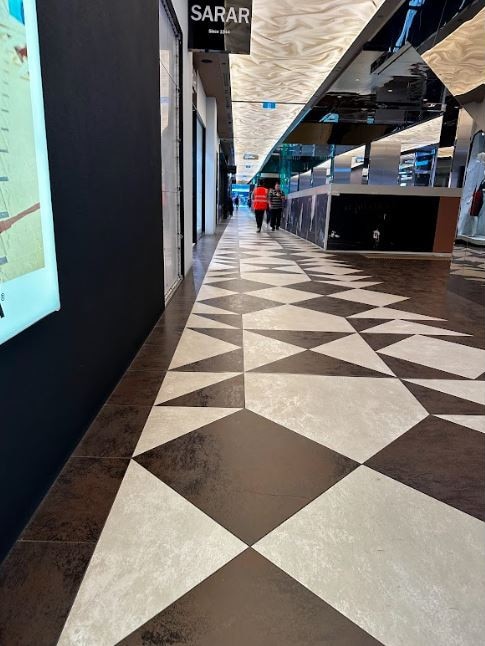

A key blow came in 2019 when Debenhams pulled out of Australia, exiting a basement space which has remained boarded up ever since.
JP Morgan cut its losses in 2020 as Melbourne entered its first lockdown, selling up for around $122m, less than half of what it paid four years earlier.
New owners Credit Suisse Asset Management and Vantage Property ran headlong into a series of pandemic lockdowns which gave Melbourne the record of being the most lockdown city in the world.
The pair put the asset back on the market in October last year — asking what they paid for it — but have so far been unable to find a buyer.


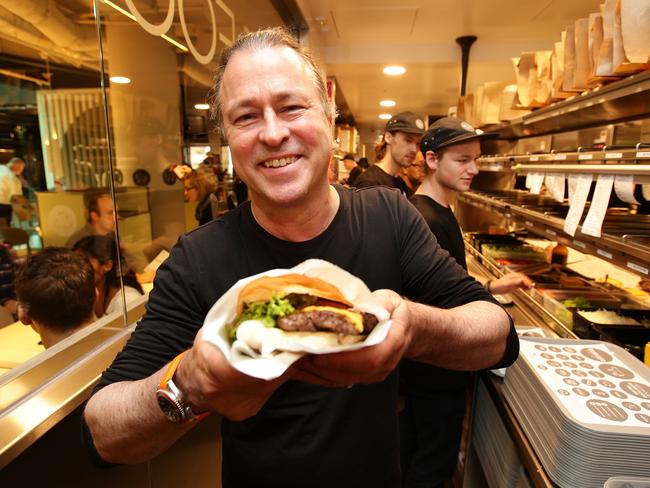
FALSE STARTS, WRONG BRANDS
So what went wrong?
Covid didn’t help but St Collins Lane was failing to live up to its promise of rounding out the city’s ant trail even before the pandemic hit.
Retail consultant Martin Ginnane said a key error was opening too early when the space was still dotted with empty shops and didn’t have a full food court up and running.
“The site opened with a lot of vacancies,” the founder of Ginnane & Associates said.
“To open a centre as important as that to Melbourne in terms of an ant trail, when it’s not fully tenanted, sets you off on a very bad start.”
Hitting the ground running was all the more important given St Collins is a multistorey retail destination which lacks direct links to other centres.

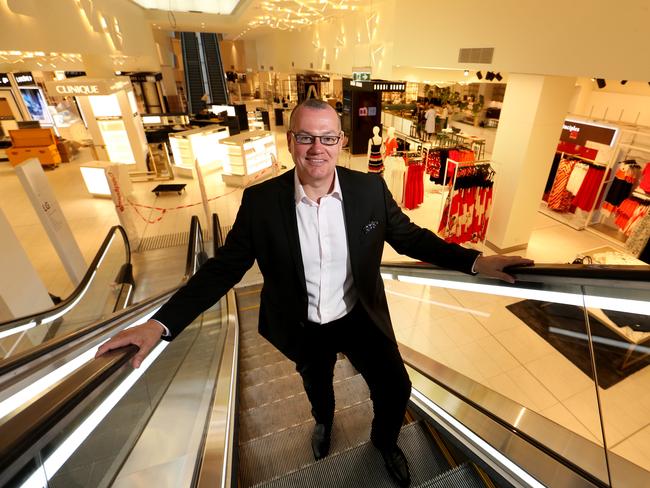
Melbourne Central, Emporium, Myer and David Jones all allow shoppers to travel between them without having to brave the elements.
“It’s very hard to do vertical retail anywhere when you don’t have a connection to another centre,” Mr Ginnane said.
“Historically vertical retailing in Australia has been tough unless it has been a department store and even then they put the bestsellers on the ground floor.”
Mr Ginnane said St Collins also struggle to get its retail mix right, lacking major luxury draws and instead pulling in a collection of tier two brands that were not well known by local shoppers.
“They brought in secondary brands of the luxury groups,” he said.
“The Collins St mix was fine – Tag and Coach were good – but a label such as Sandro is not that well known.”
The decline of department stores, especially David Jones, added an extra headwind.


It was hoped David Jones would funnel cashed-up shoppers into the site. As it struggled, so too did St Collins Lane.
“The ant trail never took off like they thought it would. And now they (St Collins Lane) has two more years of pain with David Jones (old menswear store) closed.”
Property consultant Richard Jenkins, who runs Plan 1 Project Management and Consultancy, said St Collins Lane emerged at a time when Australia was attracting a slew in new international retailers and boasting strong population growth.
“It was born in a time when the economy for retail was quite different,” he said.
“You then add Covid, the change in the post-pandemic work environment and there have just been a number of factors that have conspired against the site.”
Another overhaul of the mall is in the works which is expected to see a new food hall take shape and office space added to the mix.
“It’s essential to get this space working,” Mr Ginnane said.
“The CBD has to wear the capital city crown. There must always be stores in the Melbourne CBD that aren’t available at Chadstone. It must have a unique offering that draws people into the CBD.”
Originally published as Inside the downfall of high-end shopping destination St Collins Lane in Melbourne’s CBD


